This is the conclusion of theGrio’s “Mighty Love” series. Read our first couple’s story here.
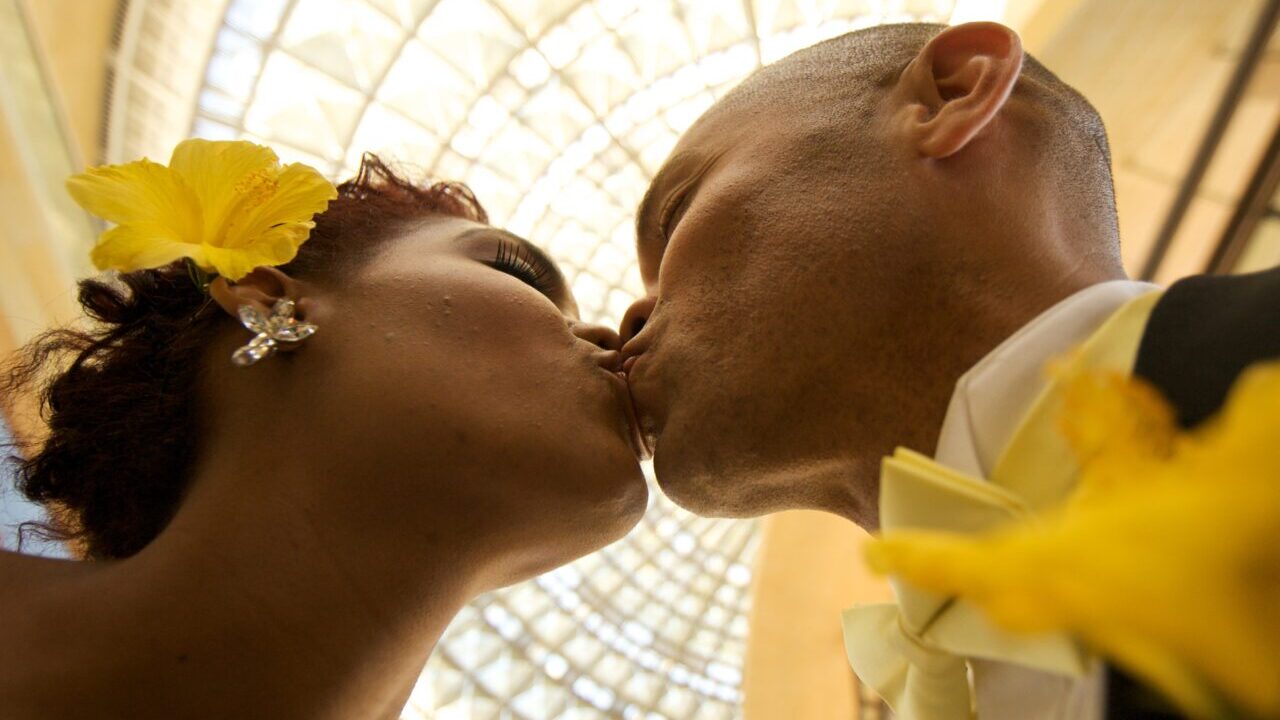
It’s the final day of February, and since the last 28 days have included Valentine’s Day as well as Black History Month, chances are some of you might be ending the month newly engaged. According to WeddingWire.com, approximately 40 percent of engagements occur between November and February, with most couples starting to plan their ceremonies within the first month of their engagement, reports WeddingPro.com…so consider this your jumping-off point.
For prospective brides and grooms who also happen to be Black, that planning might include the desire to incorporate culturally specific traditions into their ceremonies, perhaps some you’ve seen performed at other weddings. But do you know the stories and meanings behind those traditions? Since Black love has always been a fundamental part of our history, we’ve come up with a list of seven traditions to consider—including jumping the broom, of course.
Jumping the Broom

As the most common Black wedding tradition, jumping the broom has become almost expected at Black weddings. But its history is layered, to say the least. While most Black couples recognize the ritual as beginning during the period of American enslavement, as Brides magazine notes, there are disputes over where the tradition began.
“Some argue that it originated in West Africa,” Brides reports, explaining: “Brooms were waved over the couple’s head to ward off evil. A broom was then placed on the ground and the couple would jump over it. A good-natured joke was whoever jumped the broom the highest was designated as the household decision-maker.”
However, another of the tradition’s origin stories more closely parallels our contemporary interpretation of jumping the broom—and it begins in the United Kingdom, according to Brides. “In Wales, Roma people’s marriages were not recognized by the church, so they would have ‘Besom Weddings,’ referring to a type of broom. With these kinds of weddings, couples would jump over the broom without touching it to get married.”
Either of the above might explain why enslaved people of African descent jumped the broom in lieu of the legally binding unions they were denied by their Anglo-American enslavers. As noted by Brides, the tradition regained popularity in the mid-’70s, thanks to Alex Haley’s semi-autobiographical Roots: The Saga of an American Family.
While jumping the broom is popular, it’s also somewhat controversial, due to its ties to slavery. For those who choose to participate, it’s performed in much the same way a Jewish groom breaks a glass at the end of his wedding ceremony, a ritual Insider notes is also tied to painful events in that culture’s history. Should you choose to jump the broom with your beloved, you are undeniably taking part in an aspect of Black history—and creating some of your own, as many bridal brooms become cherished family heirlooms.
Knocking on the Door
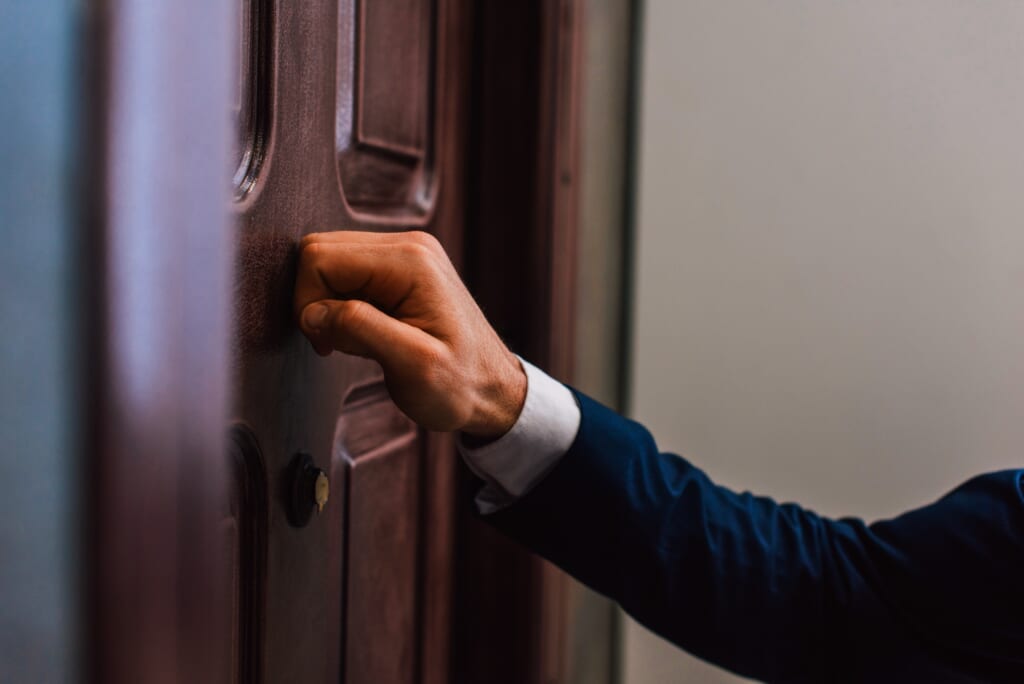
We’ve all heard it’s bad luck for fiancées to see each other before the wedding, but if you’ve yet to propose (or just want to make it extra-official), how about reaching back to Ghana for the Ashanti tradition of “kokooko,” or knocking on the door? As Culture Trip explains, “Knocking or ‘kokooko‘ is the first step in the marriage process, and is a symbol of respect in the direction of unifying two families. The groom will be accompanied by his family to formally ask the bride’s family for the bride’s hand in marriage.”
In fact, Knotting.com notes that historically, knocking on the door and being accepted by the family often constituted the marriage itself—but again, there are layers to this tradition. The asking party must not only bring their family to the door of their intended but a spokesperson must speak on their behalf. They also come bearing gifts to share. In turn, the family of the intended presents an engagement list outlining their requirements for betrothal—traditionally including a dowry. Lastly, the intended is asked if they accept the proposal. If so, the ceremony may proceed.
If this tradition sounds too patriarchal, consider an additional tidbit from Knotting.com: “In some cultures, both Ghanaian and African, it is sometimes flipped the other way round where the woman is to perform the knocking ceremony.”
Pouring Libations

One of many rituals that may take place during a knocking ceremony is the pouring of libations to honor the ancestors. But its significance is resonant throughout numerous cultures in myriad contexts—and likewise at any type of wedding celebration.
“African American couples may not be able to claim a specific lineage,” acclaimed officiant Kim Kirkley, Esq. told Brides. “We don’t know if our ancestors were Yoruba, Igbo, or some other nation of people, but we do know that our ancestors persevered through the barbed wire of anti-Black racism and created ‘a way out of no way’ for us to live these modern lives that are often beyond our ancestors’ wildest dreams. We feel a sense of gratitude for the sacrifices of our ancestors and a libation ceremony is an ideal way to amplify a Black couple’s gratefulness.”
With help from Kirkley, Brides explains the origins and execution of the libation ceremony in detail, but in contemporary practice, the couple pours out their chosen liquid in four cardinal directions (North, South, East, and West) while invoking blessings for those who have gone before them. This is both done as an act of reverence and a calling in of those spirits, in hopes of garnering their blessings in return.
Tying the Knot (Literally)
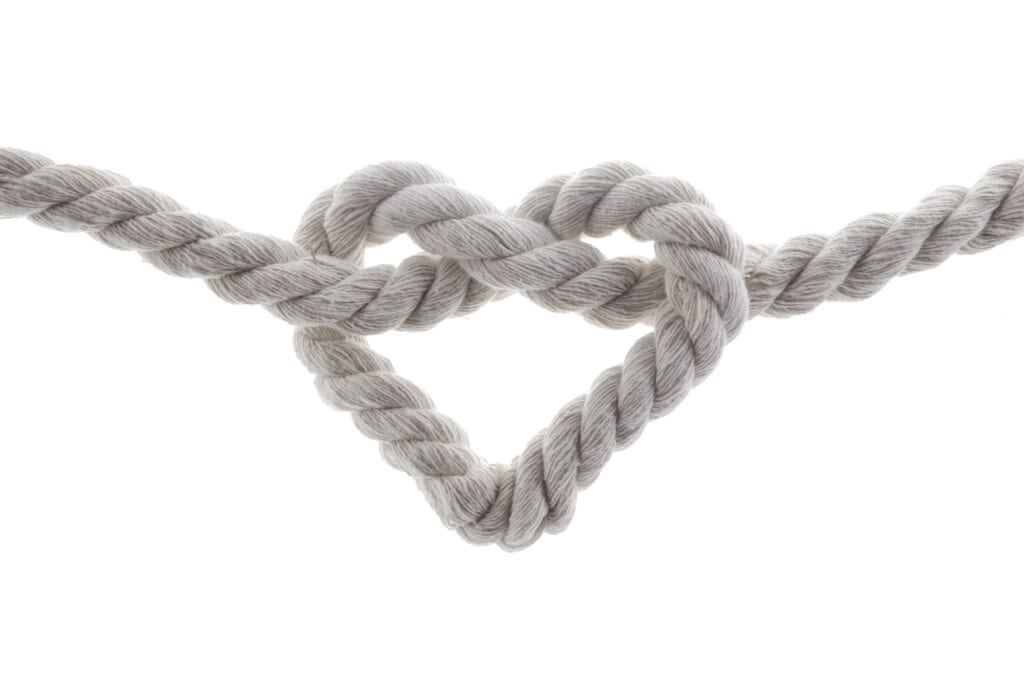
There’s a reason getting married is referred to as “tying the knot.” As two lives become one, they are metaphorically knotted together, which is sometimes expressed literally through the binding of the couple’s wrists by their officiant. Like libation pouring, this is a ritual with significance in several cultures—including Ireland and Scotland—but in African traditions, the materials and colors used have special significance as well, including the traditional Kente cloth, as explained by Brides magazine.
The Kente cloth is often a symbol of Black pride. Its colors represent ideals: black for spiritual strength and maturity; red for blood, political passion and strength; blue for peace, love and harmony; gold for wealth and royalty; green for growth, harvest, and renewal; white for purity; and purple for Mother Earth, healing and protection from evil.
Credit: Brides
Other popular binding materials include a strand of cowrie shells, which, as a former form of currency represent wealth and prosperity. A simple rope may be also be used, or even a ribbon. The point of the ritual is that you’re bound together for life.
Tasting the Elements
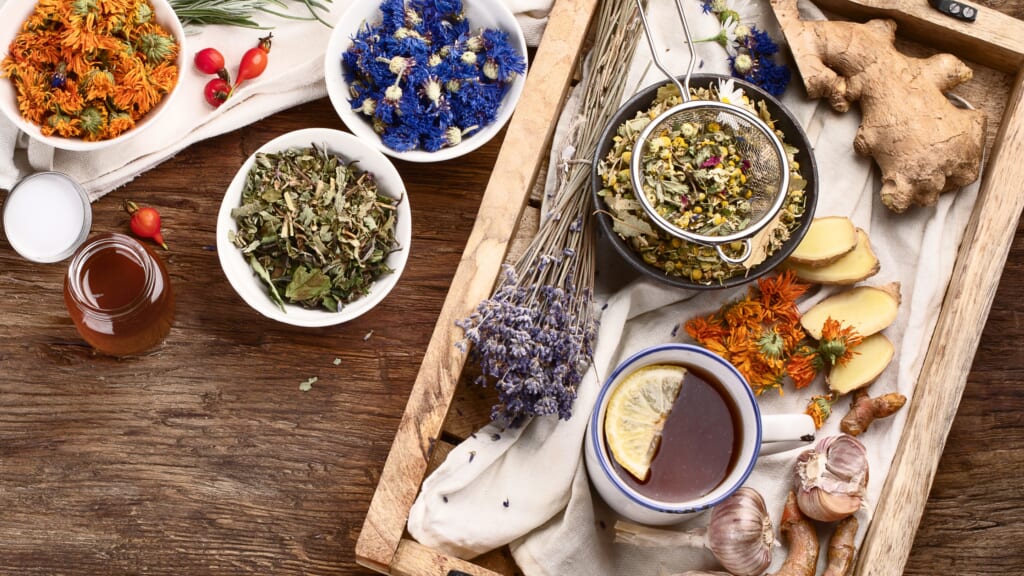
No, we don’t mean water, fire, air, and earth; if you incorporate a tasting of the four elements into your nuptials, you are acknowledging that any marriage will go through phases, not all of them as sweet as the wedding day. Like much of our collective heritage, the tradition can be traced to West Africa, and as Brides explains: “Couples taste four flavors that are meant to represent distinct stages within a marriage: cayenne for spiciness, lemon for sourness, vinegar for bitterness, and honey for sweetness.” The idea is to accept the shifts as they come, understanding that they will inevitably pass.
Getting Greek With It
Not all of us pledged, but if you did, you already know your sorors or frat brothers are going to turn up for you on the big day, and typically in their own uniquely branded style.
“For example, brides who are members of Delta Sigma Theta or Alpha Kappa Alpha may choose to incorporate a wedding stroll with their fellow sorors into the dancing portion of the evening,” The Knot further explains, noting that AKAs’ song of choice is often the Strafe classic “Set It Off.” Our favorite? The Ques’ trademark stomp to “Atomic Dog,” of course.
Dancing for Money
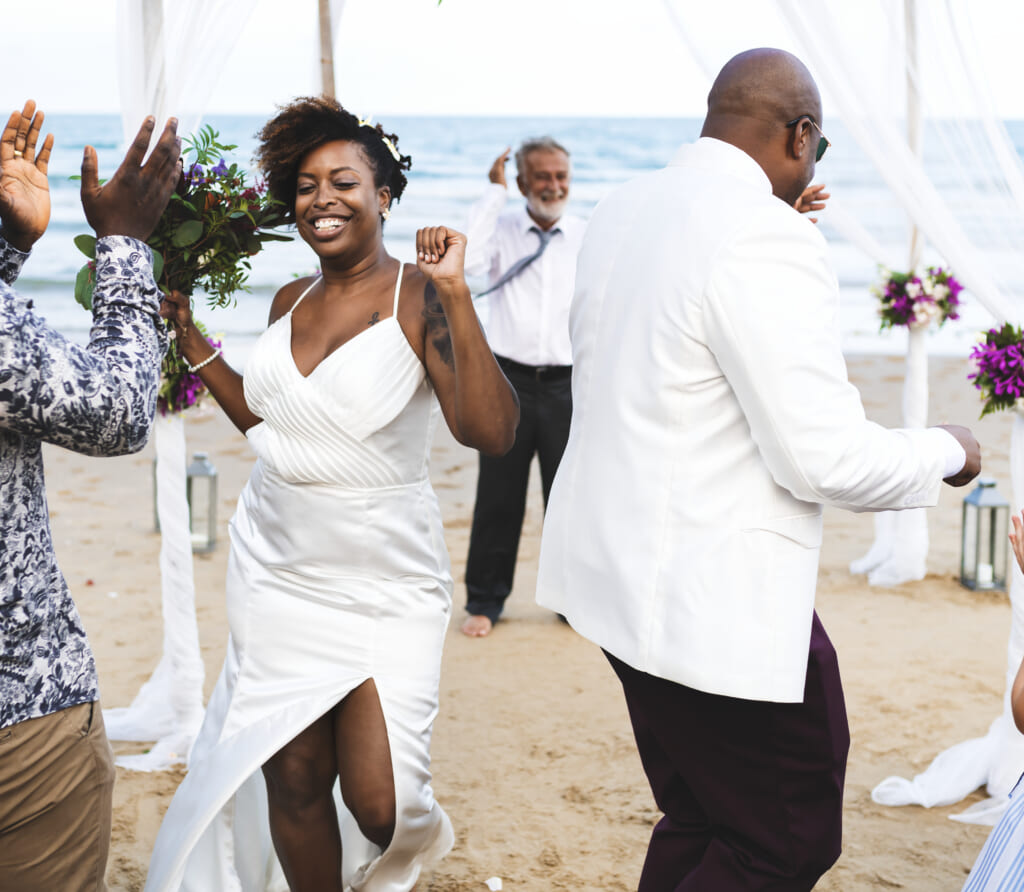
It’s not what you think—or what the previous night’s bachelor or bachelorette party might entail. A tradition that has joyfully migrated from Nigerian culture (among others) to the New World, the money dance is a way to bless the happy couple with a bounty to start their new life together. “When the newlywed couple dances and celebrate their good fortune, guests toss money at them. The money is seen as a fund for the couple to start their new life and can be in any amount,” Brides explains.
In some instances, members of the bridal party might collect the money thrown. In others, attendees might pin cash to the bridal gown or tux. But while it’s meant to give a fresh marriage a well-funded start, don’t worry; it’s not a replacement for a registry.

Maiysha Kai is Lifestyle Editor of theGrio, covering all things Black and beautiful. Her work is informed by two decades’ experience in fashion and entertainment, a love of great books and aesthetics, and the indomitable brilliance of Black culture. She is also a Grammy-nominated singer-songwriter and editor of the YA anthology Body (Words of Change series).
TheGrio is FREE on your TV via Apple TV, Amazon Fire, Roku, and Android TV. Please download theGrio mobile apps today!
Source link
 Black America Breaking News for the African American Community
Black America Breaking News for the African American Community


